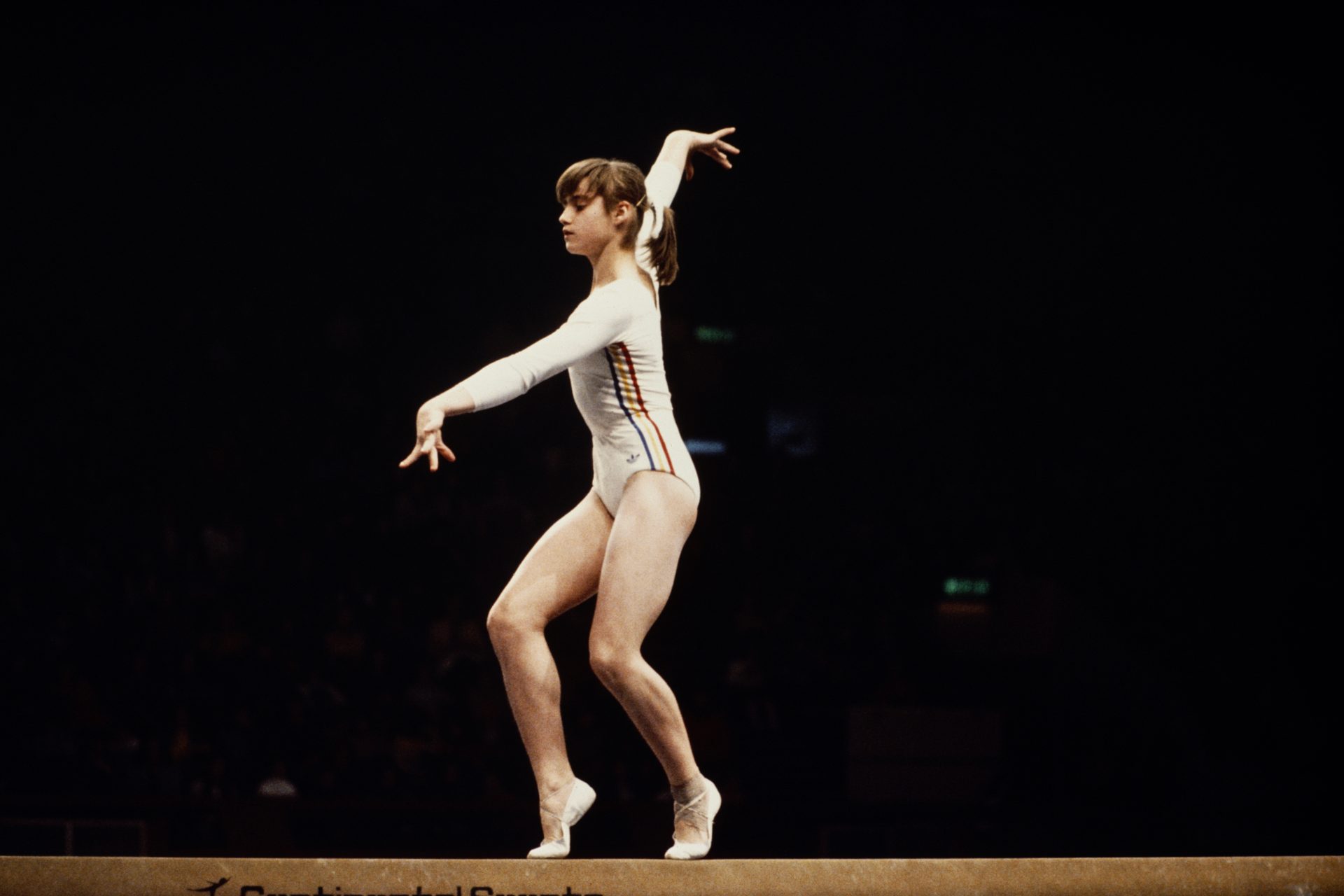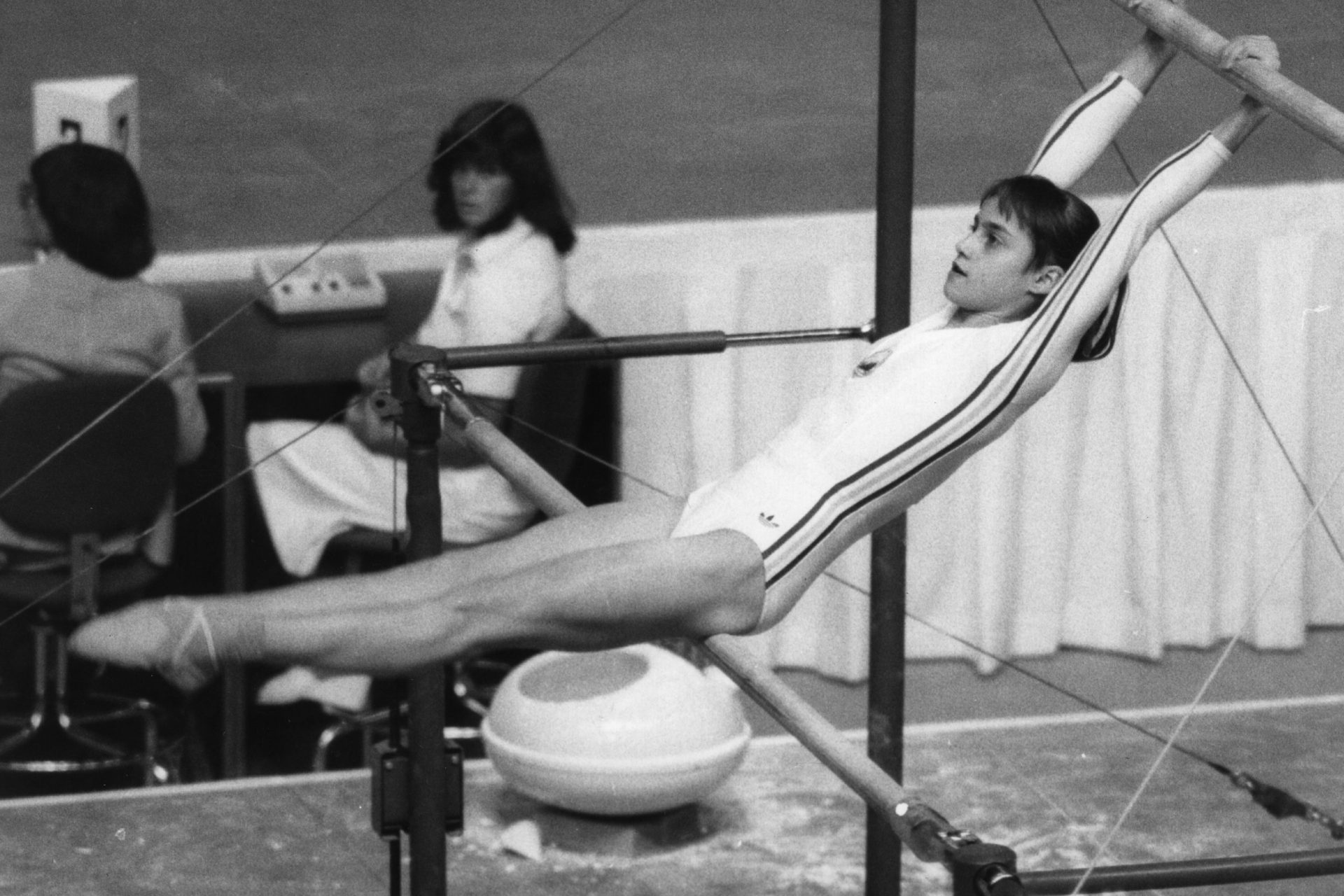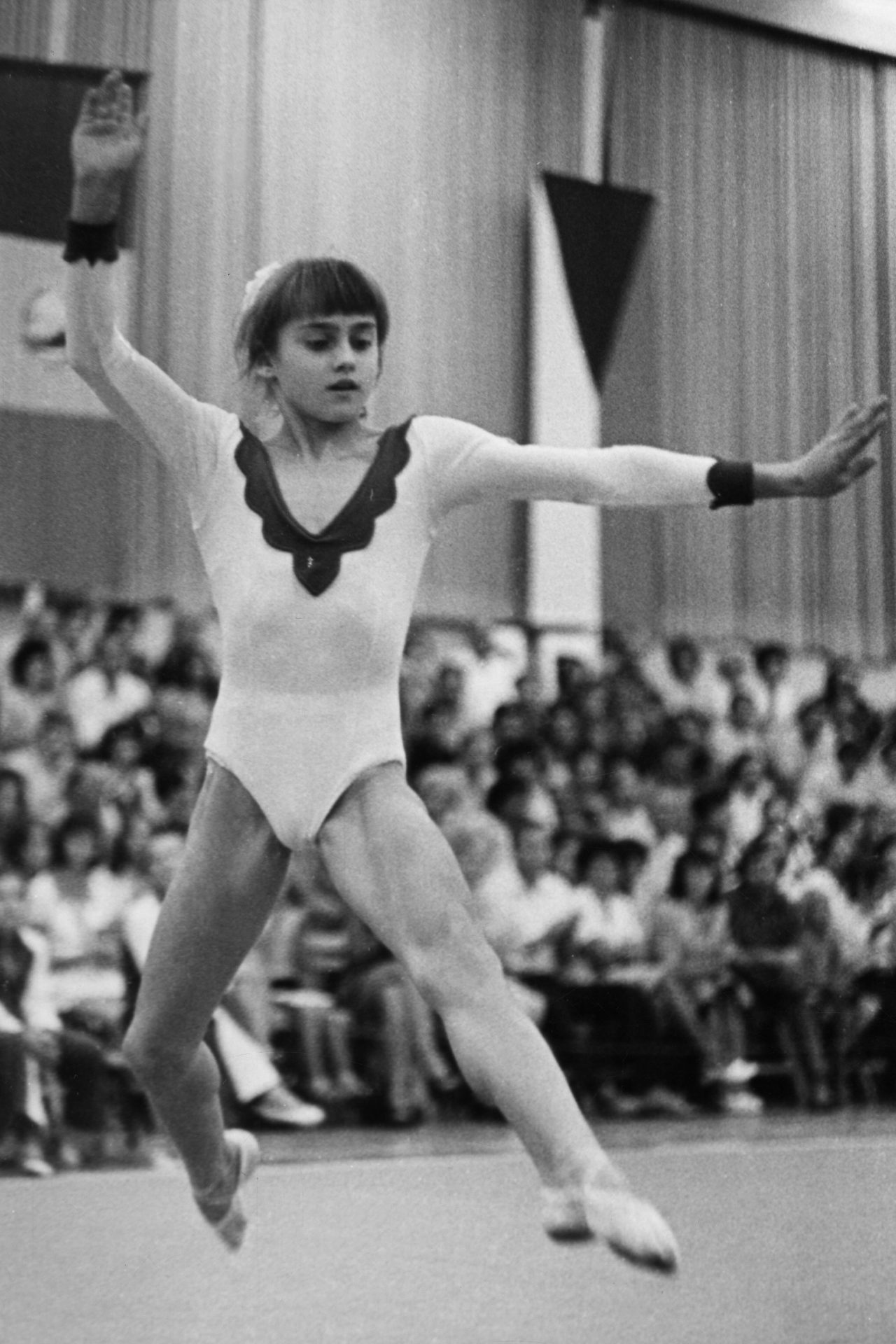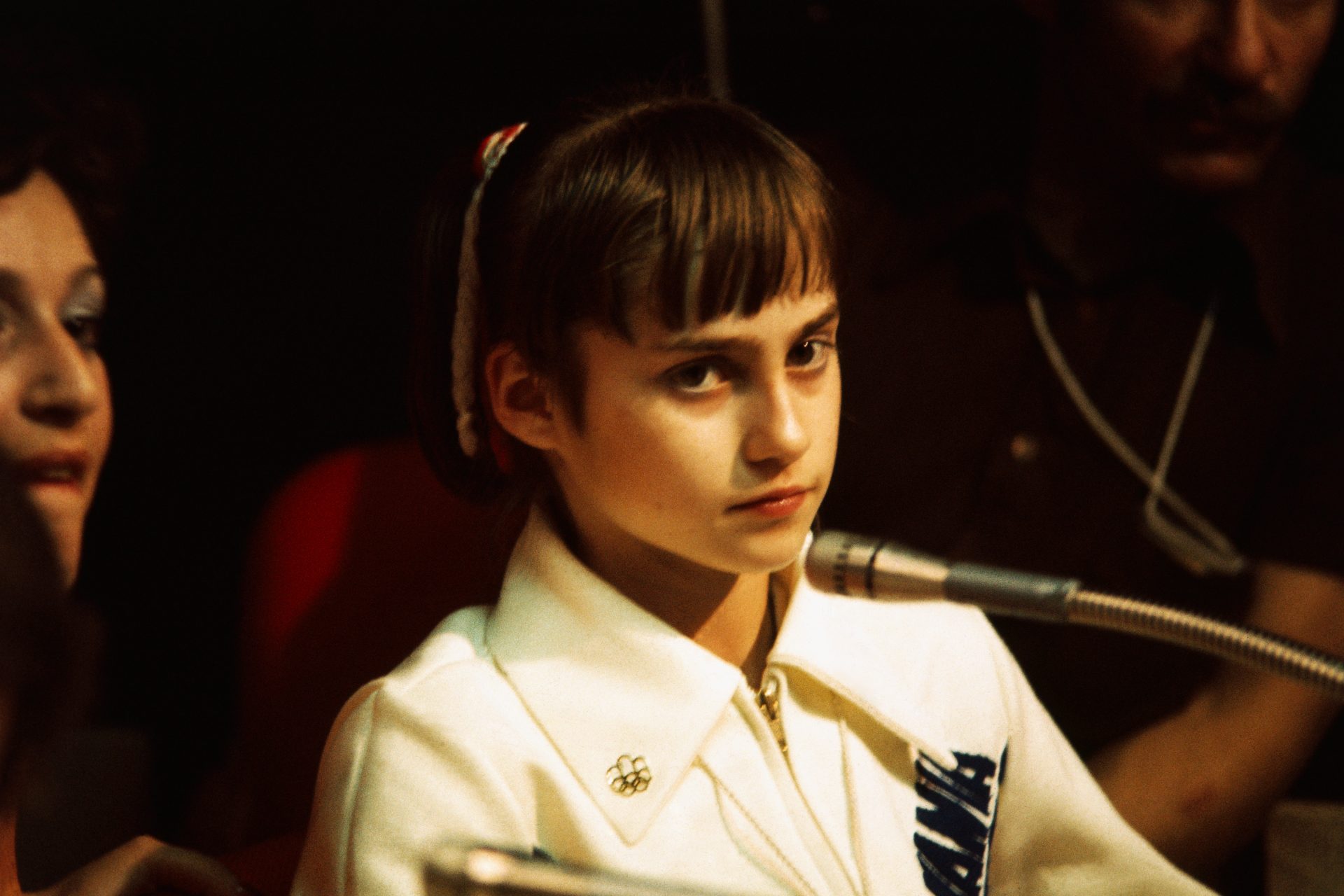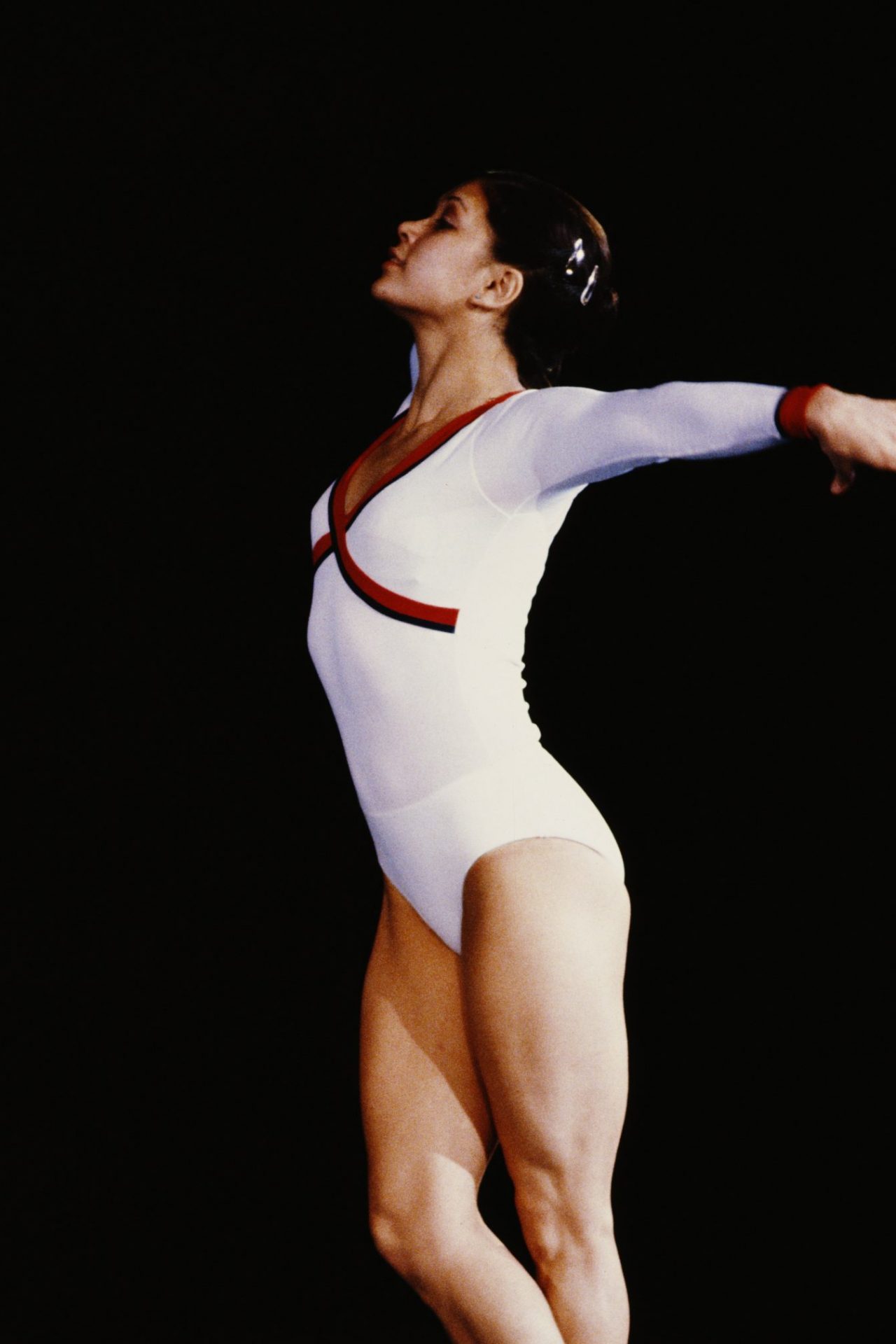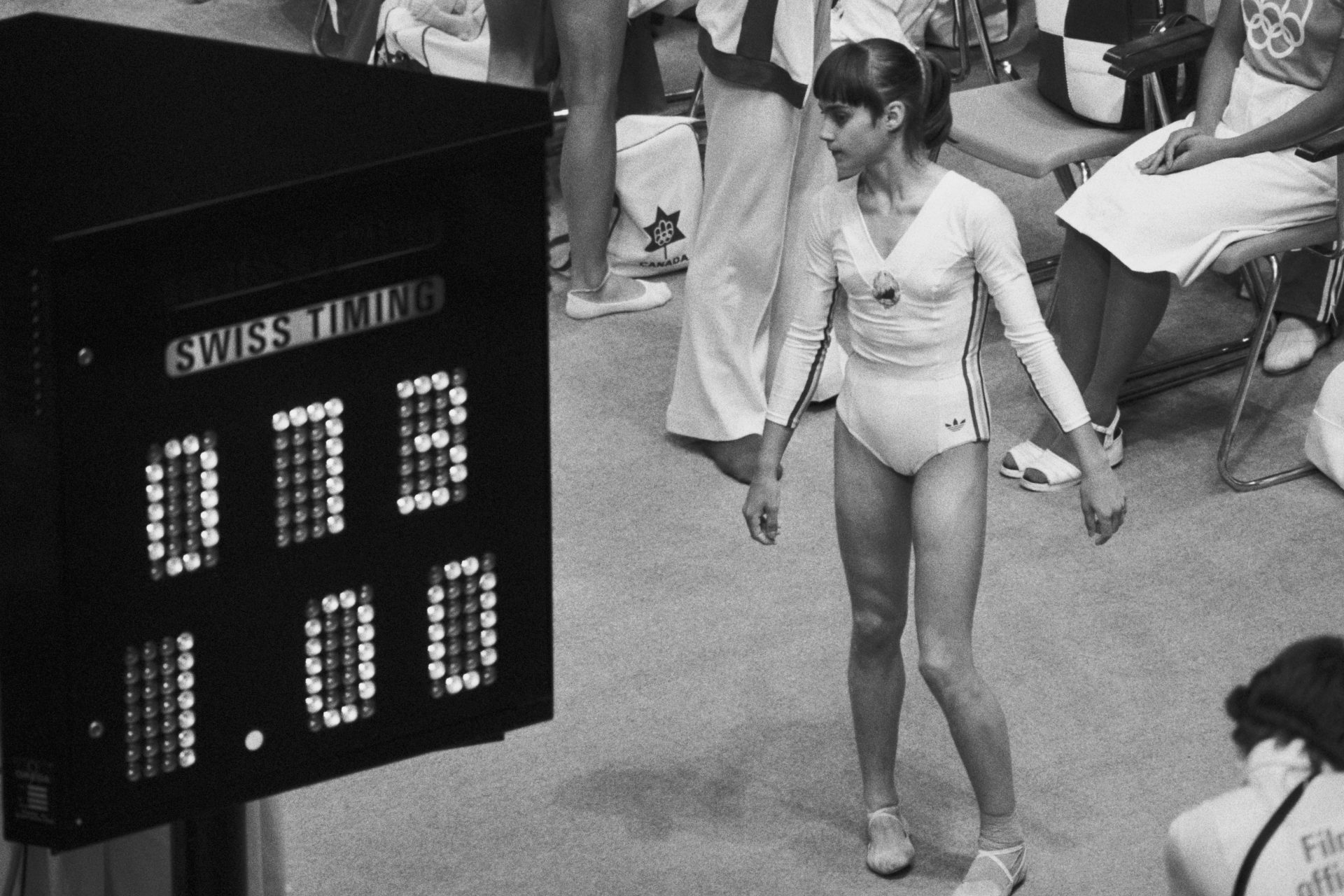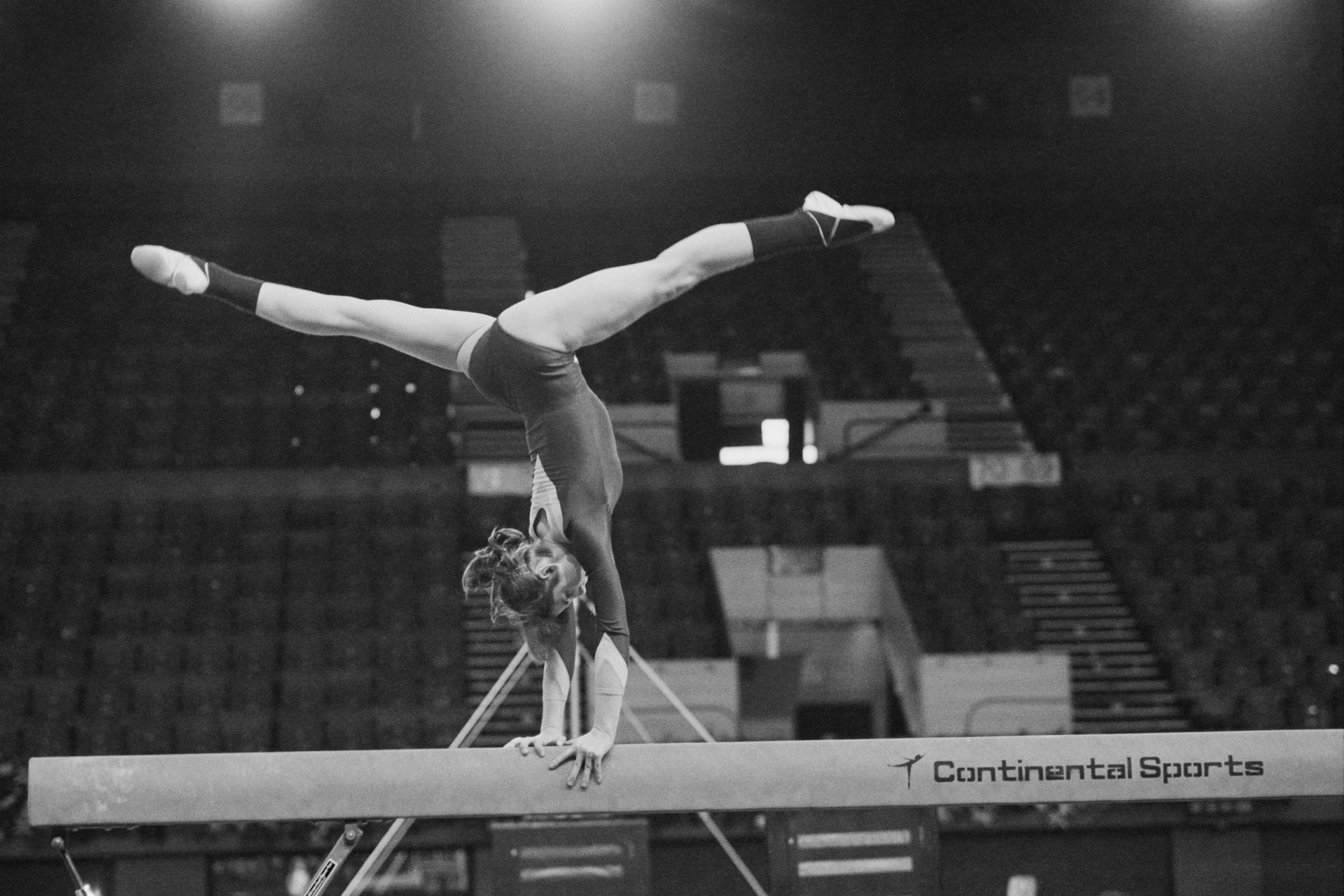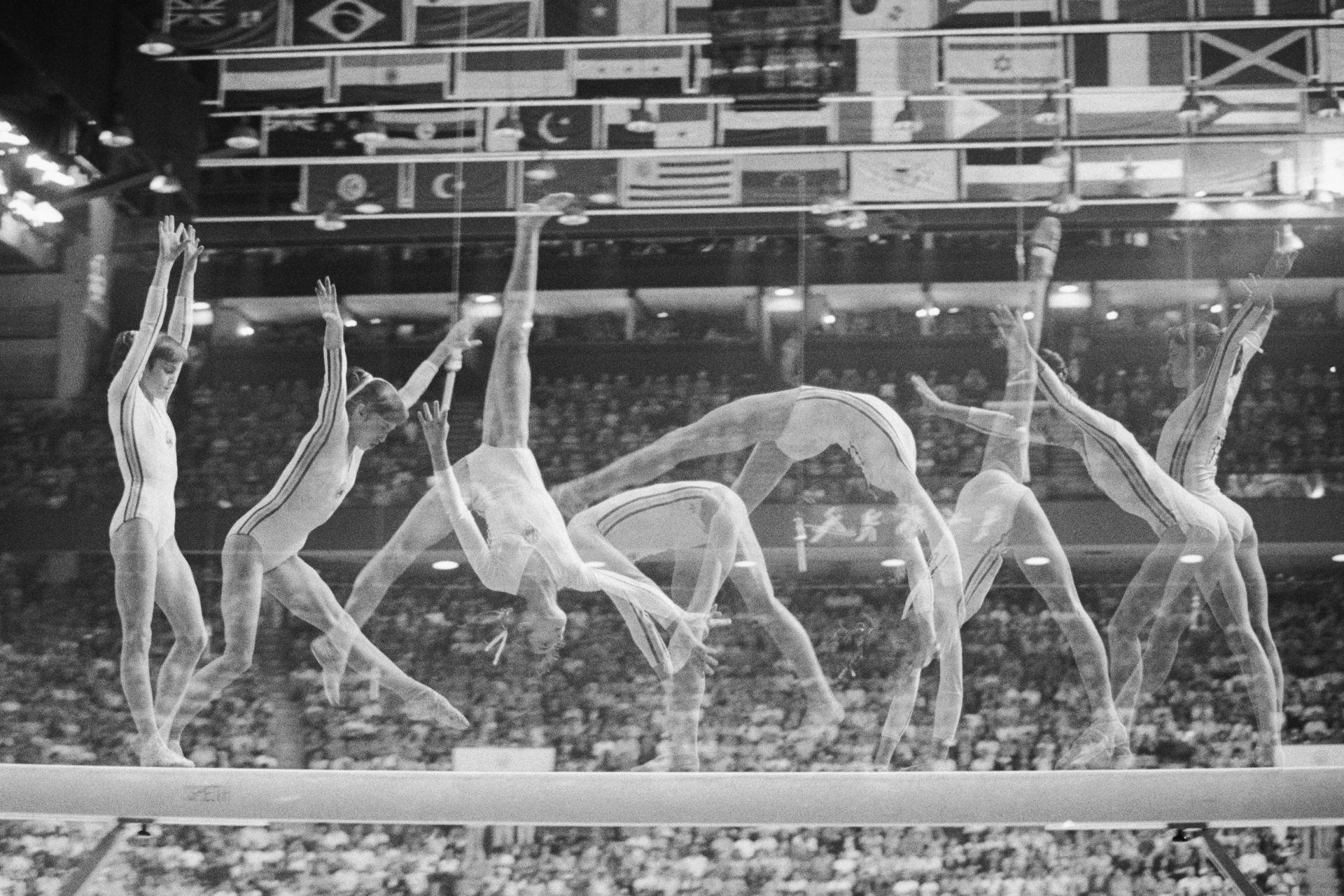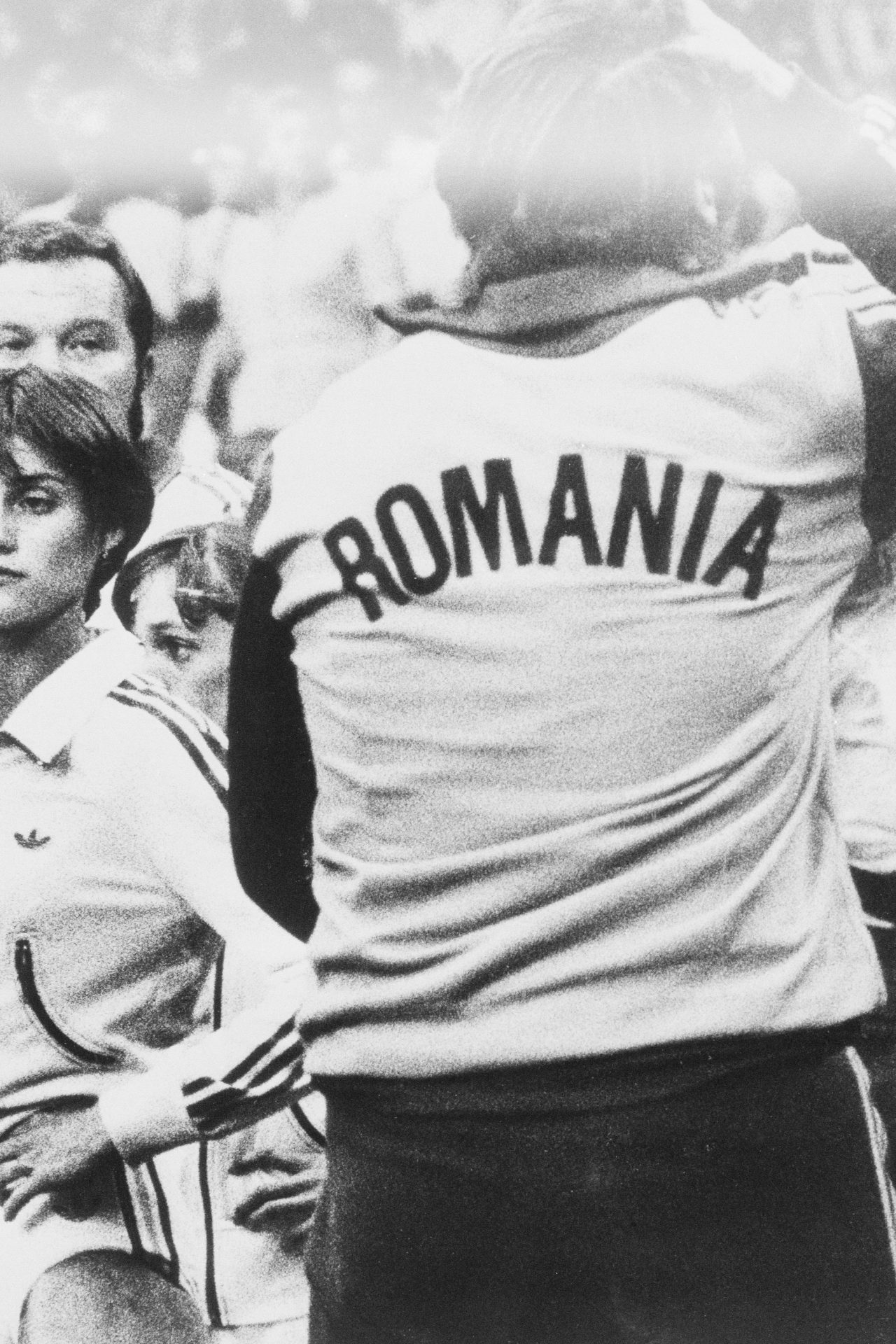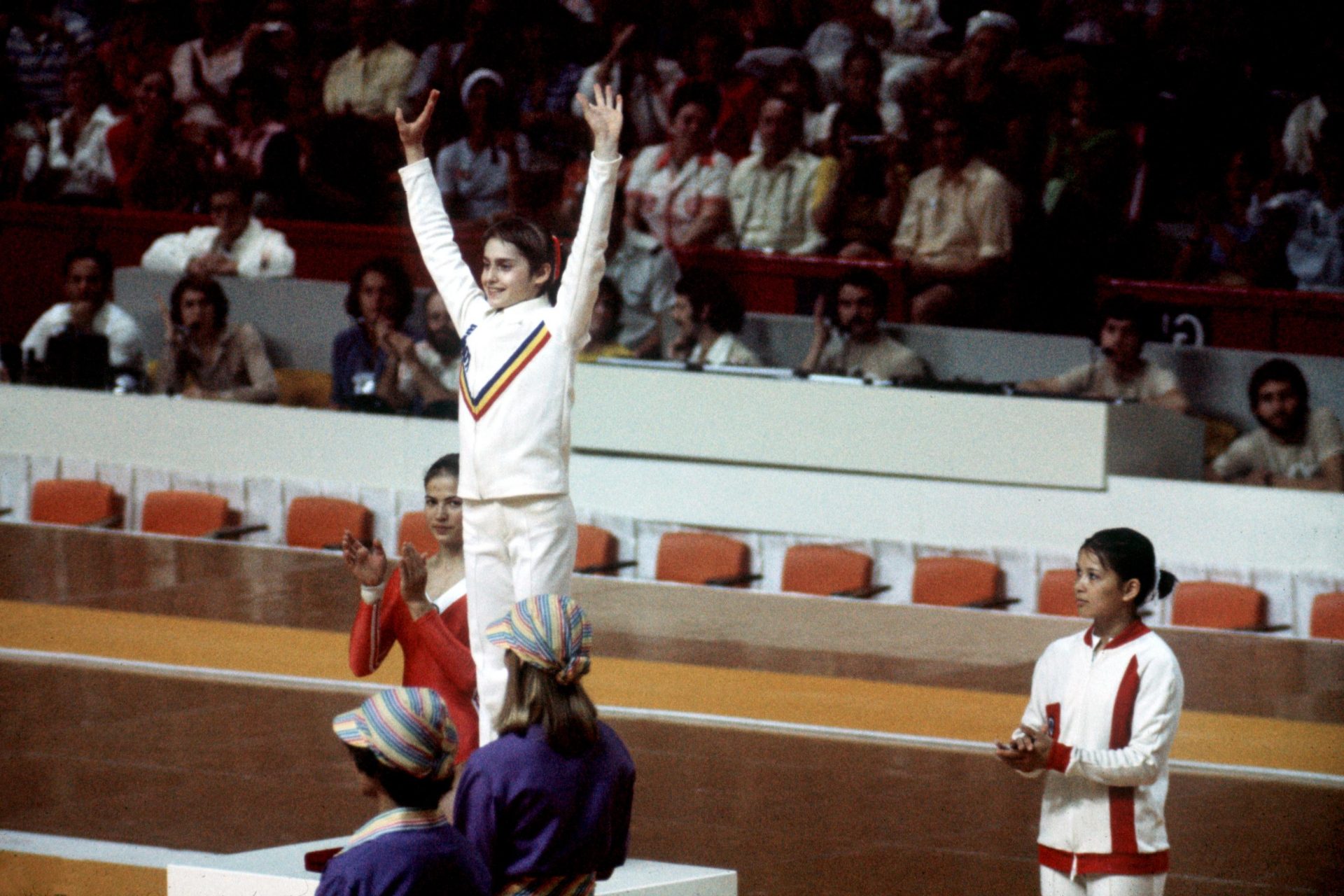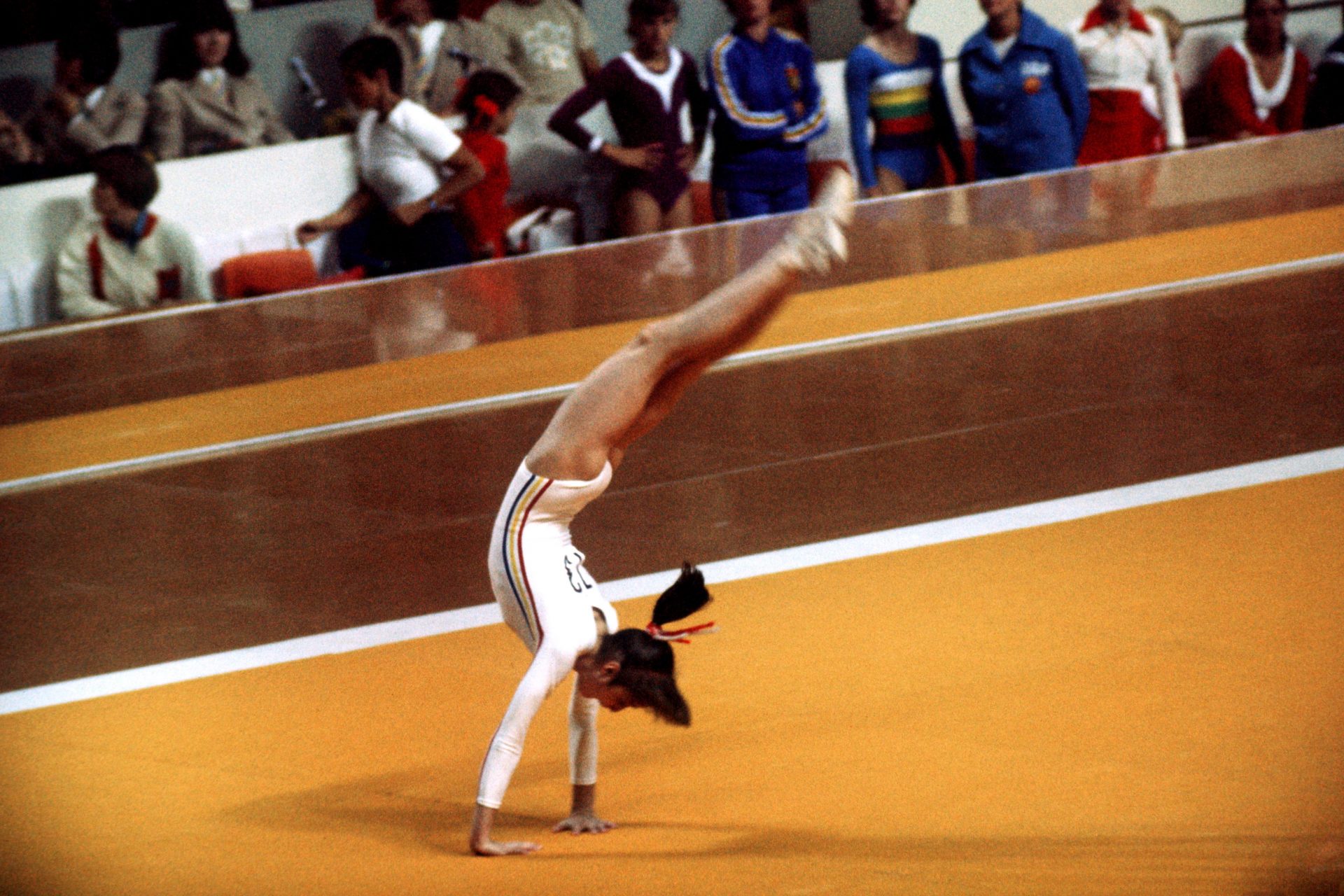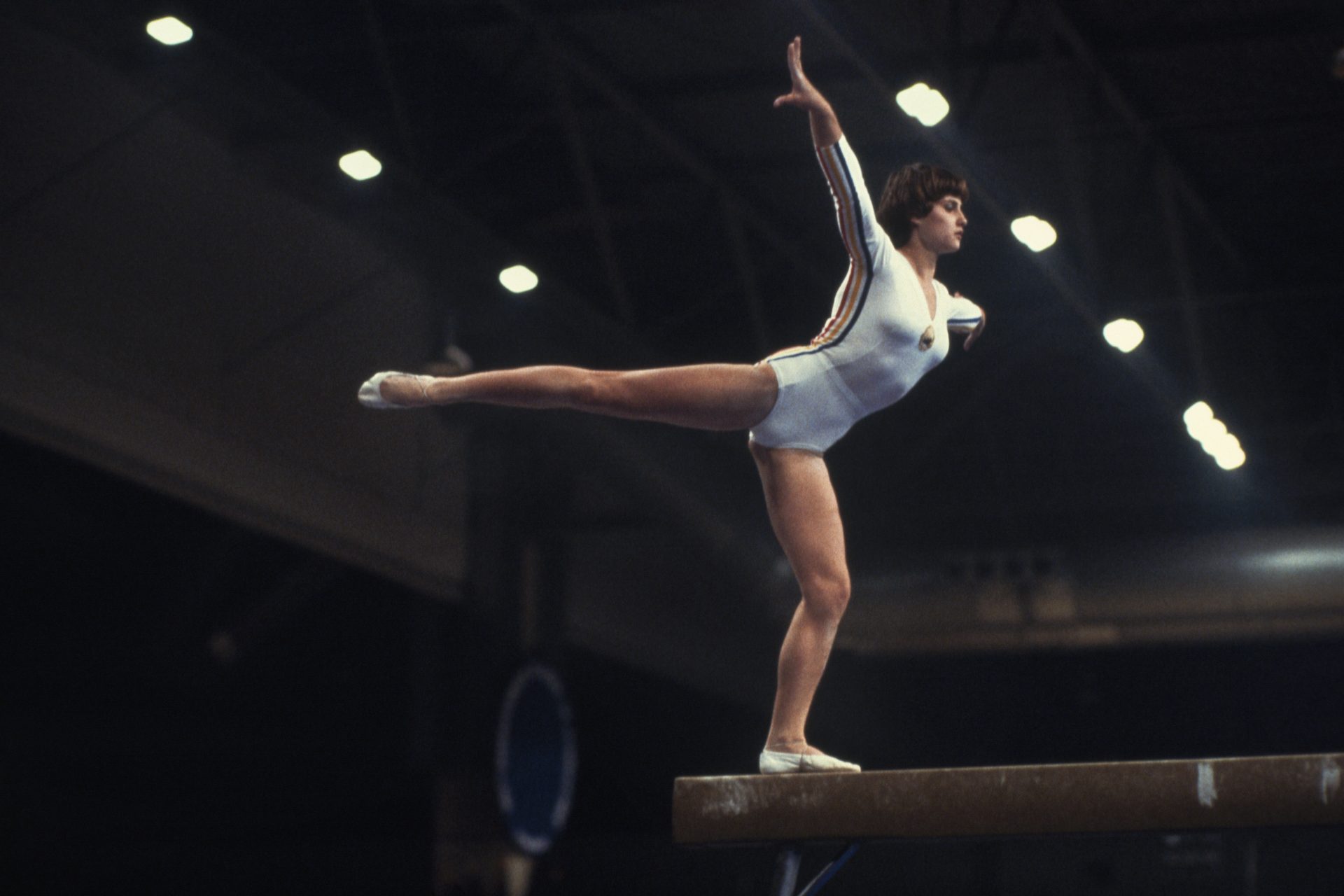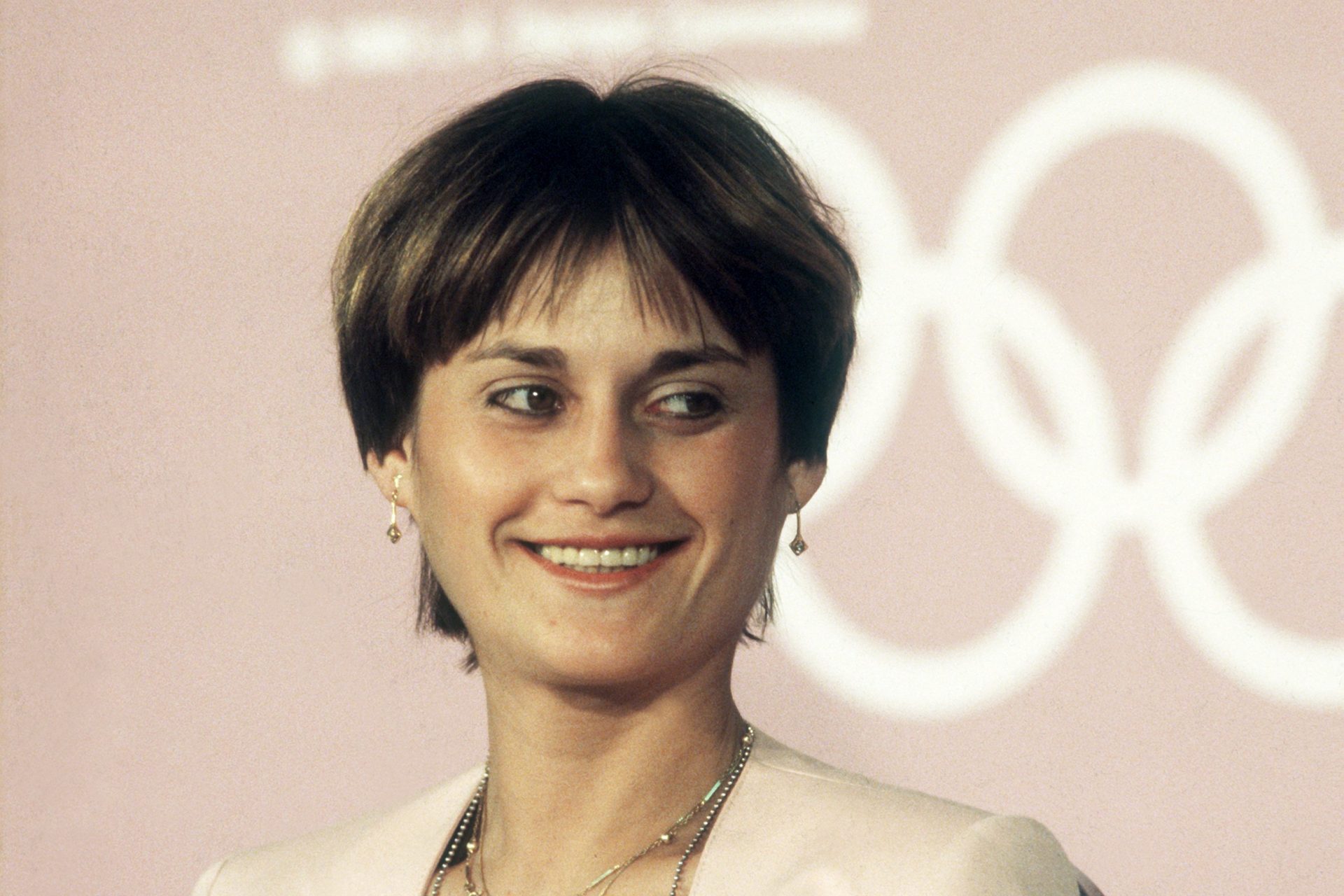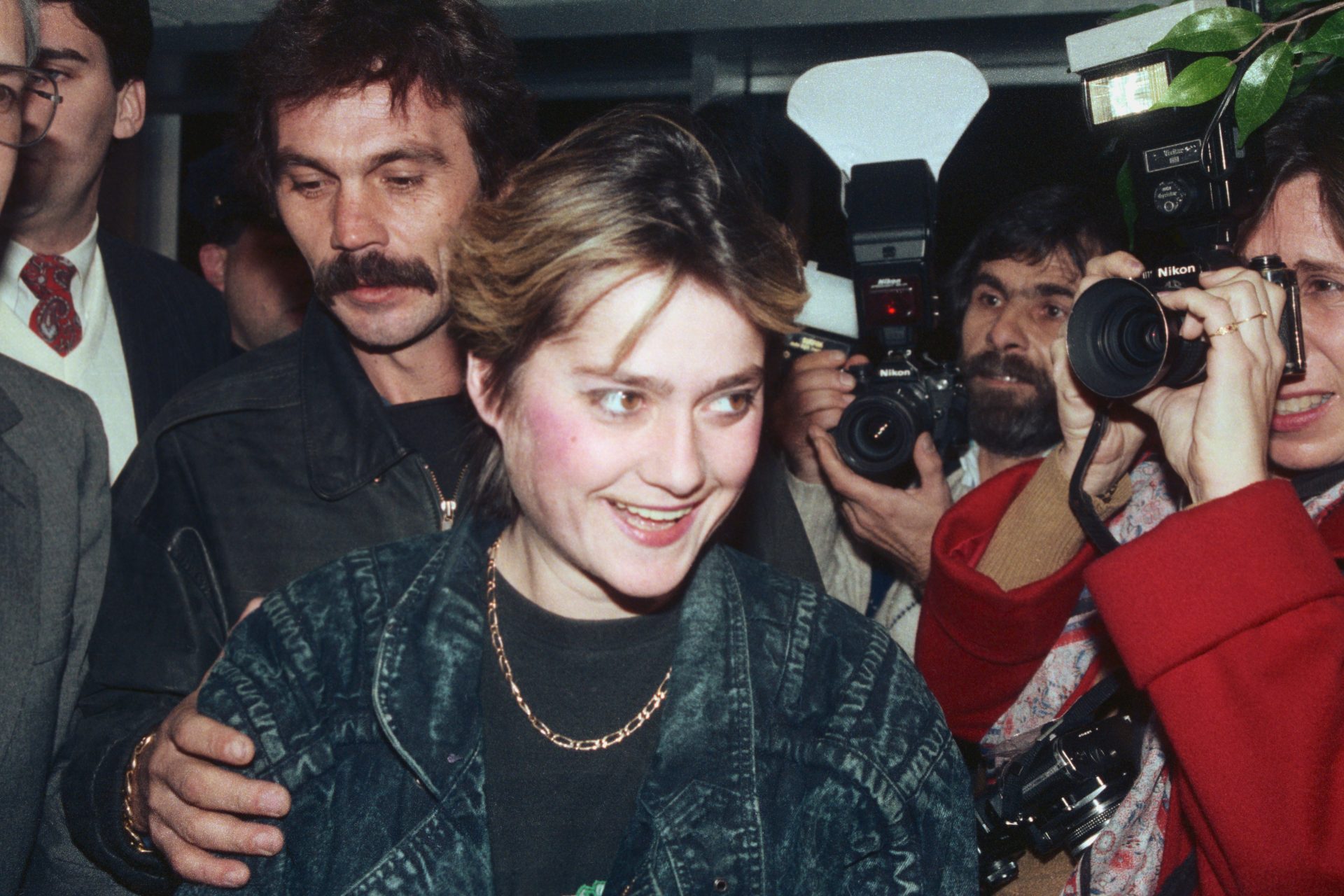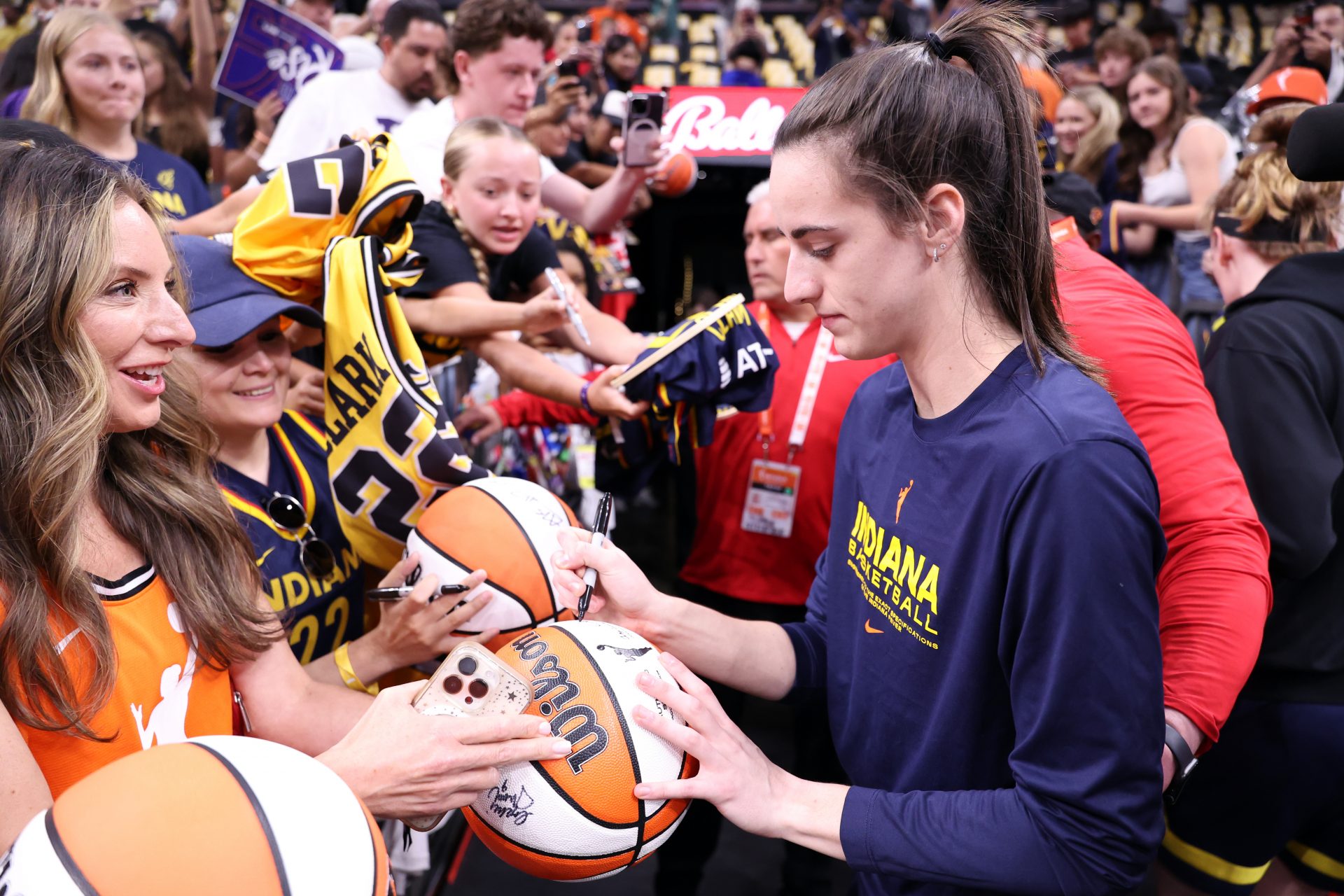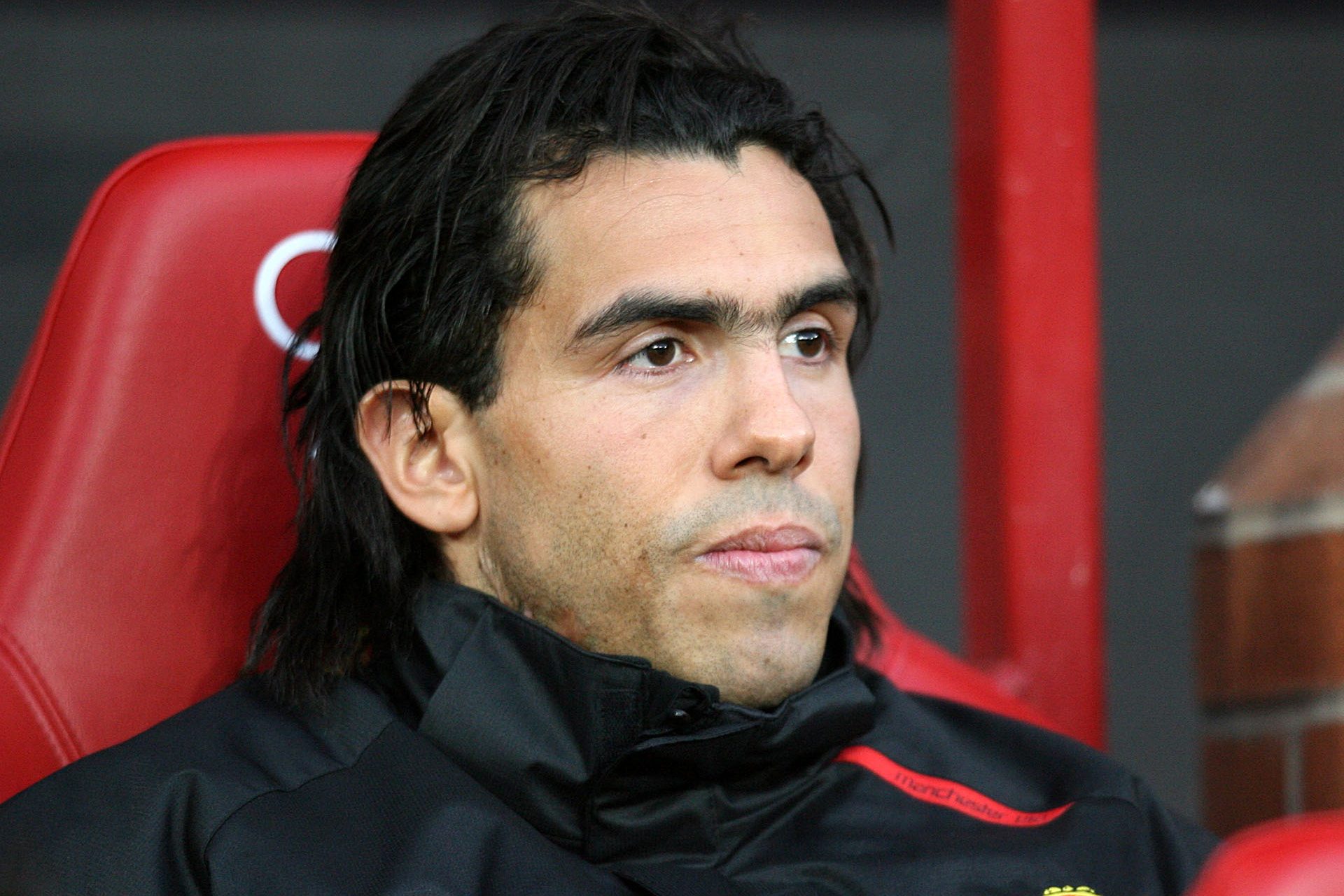How Olympic gold medallist Nadia Comăneci revolutionized gymnastics at just 14
In 1976, Montreal hosted the 21st edition of the Olympic Games. Guy Drut, Jim Montgomery, Kornelia Ender... It was Games jam packed with big name athletes. However, the star of this edition would be a 14-year-old Romanian gymnast named Nadia Comăneci.
The Romanian prodigy would light up the Olympics with her talent and become the first woman to obtain a perfect score of 10 in an Olympic competition. Let's look back at the incredible Nadia Comăneci, the star of the 1976 Olympics!
In 1975, the European Gymnastics Championships were held in Skien, Norway. A golden opportunity for the best European gymnasts to test themselves before the Olympics. It is here that the world will see Nadia Comăneci for the first time.
Want to see more like this? Follow us here for daily sports news, profiles and analysis!
The 13-year-old Romanian is competing for the first time with the seniors. An excellent test for someone who has dominated junior tournaments for the better part of two years. At the European Championships, Comăneci impressed by winning overall and in all apparatus events, with one exception being the floor, where she had to settle for second, as documented by Gymn-forum.
Building on her momentum, the gymnast continued with victories in 1975. During the pre-Olympic tournament, she won the all-around but, for the first time, seemed threatened by a rival: the Soviet Nellie Kim, who was ahead of her in three disciplines – floor, the uneven bars, and the horse.
As crazy as it may seem, the teenager arrived as the favorite at the Olympic Games. She was even voted Best Athlete of the Year in 1975 by the United Press International.
From the start of 1976, the gymnast confirmed her status by achieving several 10s, notably during the first edition of the American Cup at Madison Square Garden in New York, reports the New York Times.
She arrived at the Montreal Olympics at the peak of her powers. She invented new tricks and performed them without downtime, and at breakneck speed – revolutionizing her sport at just 14 years old.
In an interview with French newspaper L'Équipe in 2012, judge Carol Anne Letheren said that the Romanian's performance forced the judges to review their scoring system. The gymnast then performed two or three figures without stopping, while the others only performed one. So, if a gymnast got 9.60, Comăneci should get 11 or 12!
In total, Comăneci received a score of 10 seven times, and finished the Olympics with three gold medals (all-around, uneven bars and balance beam), a silver medal in the team rankings, and finally the bronze medal in floor exercises.
Want to see more like this? Follow us here for daily sports news, profiles and analysis!
The Romanian thus becomes the youngest Olympic champion in the history of her discipline. A status that should remain, as current regulations stipulates that competitors must be at least 16 years old during the year to participate in gymnastics at the Olympics.
The day after the competition, the young gymnast became a world star. She was voted Athlete of the Year by the Associated Press and United Press International. In Romania, she received the title of Hero of Socialist Labor, becoming the youngest Romanian to have this recognition during the reign of Nicolae Ceaușescu.
The following year, she competed at the Worlds but fell in the all-around on the uneven bars, finishing only fourth behind her rival Nellie Kim. Comăneci still won the gold medal in the beam event.
In 1980, aged 18, Comăneci competed in her second Olympics and, although she finished second in the all-around behind Russian Yelena Davydova, she retained her Olympic beam title and shared the gold medal with Nellie Kim on the ground.
In 1981, at the age of 19, she decided to end her career, after six years as a professional. In 1984, she became a member of the International Olympic Committee, at just 23 years old.
Eight years after the end of her career, Nadia Comăneci left Romania to settle in the United States. Throughout her career, the gymnast suffered from the surveillance of the Romanian regime, forcing her to flee in 1989, as covered by The New York Post.
Want to see more like this? Follow us here for daily sports news, profiles and analysis!
More for you
Top Stories



